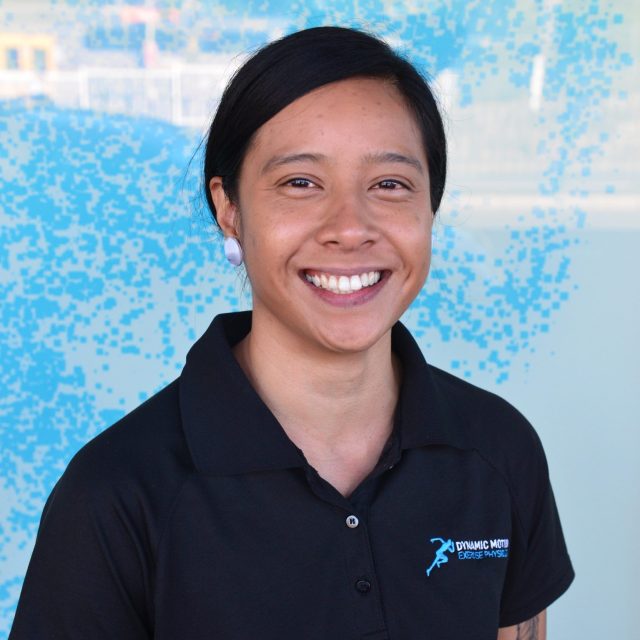The most common cause of pain in the hip and lateral thigh area, is due to degenerative tears of the deep muscles of the hip (the rotator cuff muscles of the hip). This is commonly known as Greater Trochanteric Pain Syndrome. Bursitis is frequently implicated but is usually not the primary cause of pain. It is usually secondary to degenerative changes in muscles and tendons, namely gluteus medius and gluteus minimus.
Pathology in these muscles is usually associated with some other musculoskeletal disorder causing abnormal lower limb biomechanics. The peak time of onset is 40-60 years and is present in 10-25% of the population. It is 4 times more common in women than men.
Symptoms can include pain around the lateral hip and thigh, which is aggravated by weight-bearing activities, sleeping on the affected side, and sitting for prolonged periods. The leg may feel weak when walking.
The diagnosis is best made with a clinical examination. Ultrasound examination can be helpful but must be correlated with clinical findings. Pain referring to the hip from the lumbar spine can present in a similar pattern. A good clinical assessment can determine whether the pain is originating from the hip or the lumbar spine. Over-reliance on radiological testing may give false-positive results.
Treatment should be aimed at addressing the underlying problem not just temporary relief of symptoms. Corticosteroid injections and anti-inflammatories can provide short-term relief and can provide a pain-free window for commencing exercises, but they do not cure the problem.
Lasting relief can be provided with an appropriate exercise program directed at loading (with exercise) the affected muscles enough to stimulate repair, and improving faulty mechanics around the hip joint. Exercises will usually be aimed at improving lumbopelvic stability, strengthening hip abductor muscles, stretching tight muscle groups (usually hip flexors), and correcting faulty movement patterns in walking and when playing sport. The exercise program should be gradually increased in resistance over a long-term period.
Tortolani et al, 2002
Strauss EJ, Nho SJ, Kelly BT Sports Medicine and Arthroscopy Review 2010, 18,(2): 113 119).
Ho GW, Howard TM, Current Sports Med Rep 2012 Sep-Oct; 11 (5):232 8.)
knowledge … self-management … prevention



















